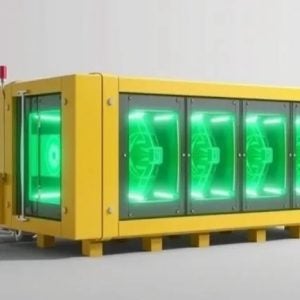South Korea’s National Fusion Research Institute (NFRI) on 24 November announced that the K-STAR fusion reactor had managed to operate the plasma at 100 million degrees Celsius for 20 seconds – the world’s first nuclear fusion reactor to have maintained plasma for more than 10 seconds at that temperature.
Previously, NFRI had managed to operate the plasma at ultra high temperatures for 1.5 seconds in 2018 and 8 seconds last March. K-STAR is a superconducting tokamak research reactor that requires the plasma to be held at very high temperature in a stable state for a long time.
The research team managed to achieve this using the Internal Transport Barrier (ITB) mode, Yonhap reported. NFRI aims to operate the plasma at a similar high temperature for 300 seconds by 2025. The team also plans to replace the material of the deflector (a device allowing the thermal energy produced by the plasma to be sent to other parts), currently in carbon, with tungsten. NFRI aims to commission a new generation K-DEMO nuclear fusion demonstration reactor by 2040 that will produce electricity.
“The energy from nuclear fusion is a new generation of clean energy, which is 10 times more efficient than a nuclear reactor using nuclear fission and does not present a risk of radioactive leakage,” said Yoon Si- woo, director of the KSTAR research centre." This feat will contribute to the Iter project," he added.
South Korea is one of six countries and the EU contributing the International Thermonuclear Experimental Reactor (ITER) project to build an experimental fusion reactor in Cadarache, France.






